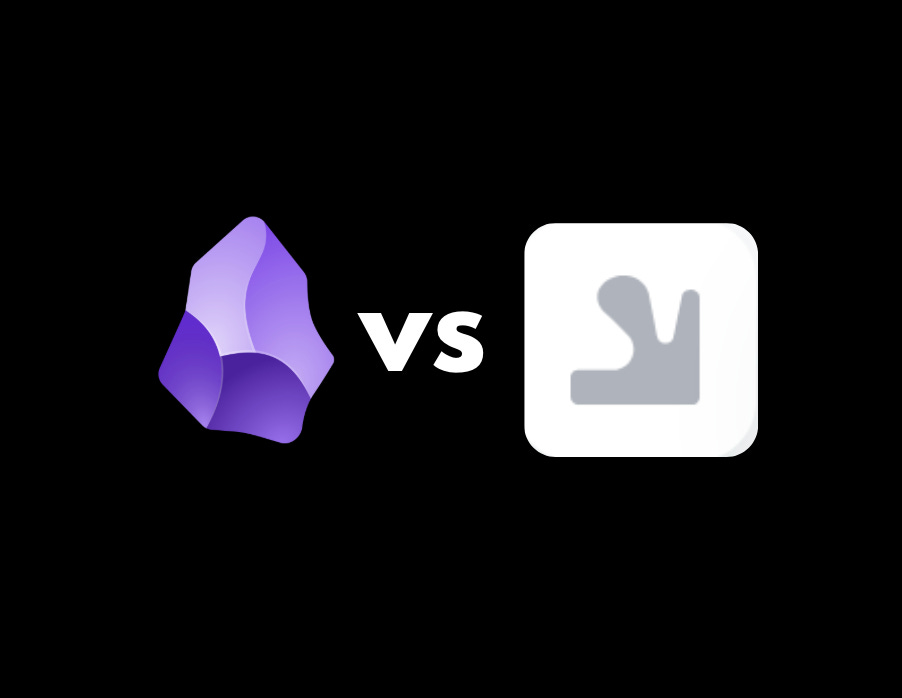Why I Moved from Obsidian to Sublime (And What It Revealed About My Thinking)
Here’s something wild I didn’t see coming:
My note-taking app was quietly shaping the way I thought.
Not in a sci-fi, “the robots are taking over” kind of way — more like a gentle nudge. A subtle tilt. Almost like the tool was whispering, “Hey… think like this.”
And I didn’t notice it at first.
But once I did, it felt like discovering a new trail on a path I walk every day — a trail that had been hiding in plain sight.
Obsidian wasn’t just storing my ideas…
it was steering my process.
And honestly?
That caught me off guard in the best way.
When the Tool Starts Doing the Teaching
Obsidian is brilliant. Let me say that up front.
For the right kind of thinker — especially those who love structure, systems, and customizing every inch of their digital universe — it’s a dream. You’ve got:
Backlinks
Metadata
Plugins
Databases
Templates
Graphs
It’s like a Swiss Army knife wearing a utility belt.
And for a while, that excited me. I love connecting ideas. I love following threads. I love little loops that surprise me.
But then something else happened.
I started spending more time shaping the system than shaping my thoughts.
Not because Obsidian was bad…
…but because it invited me to build.
And somewhere along the way, I realized something honest and humbling:
I am not a “maintain the system” thinker.
I’m a spontaneous, visual, spark-driven, “let’s see where this goes” thinker.
I think best when ideas are in motion, not in categories.
Obsidian taught me that about myself — which, ironically, is what eventually nudged me toward something different.
When Sublime Entered the Picture
A few months ago, Sublime reached out and asked if I wanted to try it.
I didn’t think I needed another tool (my app-switching years deserve their own Netflix documentary), but I gave it a shot.
And instantly something clicked.
Sublime didn’t ask me to build a machine.
It asked me to start thinking.
Instead of fine-tuning templates and configuring plugins, I could drop an idea into Sublime and immediately explore it — follow it — play with it.
That playfulness, that motion, that spark-on-spark connection…
It felt like home.
Not because the features are “better,”
but because they match how I’m wired.
The Big Shift: Asking a Better Question
After years of switching apps, chasing the perfect system, comparing feature lists like a professional Pokémon trainer, I realized something:
I was asking the wrong question.
I kept asking, “Which app is best?”
But the better question was:
“Which app fits the way I naturally think?”
Once I realized that, everything got clearer.
Obsidian is incredible for system-thinkers, maintainers, organizers, architects.
Sublime is incredible for visual thinkers, thread-followers, spark-chasers, and people who want ideas to mingle and collide without friction.
There’s no winner.
There’s just fit.
And once I understood my own thinking style, the decision became obvious.
What Sublime Helped Me Unlock
I won’t go feature-by-feature here — that’s what the video is for — but let me share the heart of why it works for me.
1. It matches how my mind moves
I think visually. I think in patterns. I think in constellations. I think on whiteboards. Sublime’s canvas gives me a place to explore that in a way that feels intuitive, not forced.
2. It reduces friction
If I have to “work on the tool” before I can think, I’m out. Sublime removes that barrier entirely.
3. It helps me uncover unexpected connections
Not replace my thinking — but open doors I didn’t know were there. Like a good conversation partner.
4. It turns my notes into a playground
Between vibe search, spontaneous related notes, and visual thought maps, Subline makes exploration feel like a creative session, not a chore.
5. It matches my purpose
I take notes to think with them, not just store them.
I take notes to create from them, not just archive them.
Sublime amplifies that rhythm.
Why This Matters (Even If You Never Use Sublime)
This isn’t about switching apps.
This is about knowing yourself.
Your wiring.
Your patterns.
How you learn.
How you imagine.
How you make sense of the world.
When you know that, you can stop chasing “the best app” and start choosing what supports your actual brain and your actual creative rhythm.
For me, that’s Sublime.
For you, it might be Obsidian.
Or Notion.
Or a stack of 3×5 cards held together by a rubber band from your junk drawer.
The tool is never the magic.
The way you think is the magic.
The right tool just helps you see it more clearly.
PS: Need a space for thinking with your notes?
Check out The Listening Porch — my lofi channel designed as a quiet, creative space for deep thinkers.
It’s the kind of music that helps ideas breathe, settle, and connect. Perfect for journaling, thinking sessions, or following your own rabbit trails.


